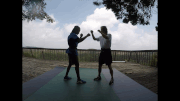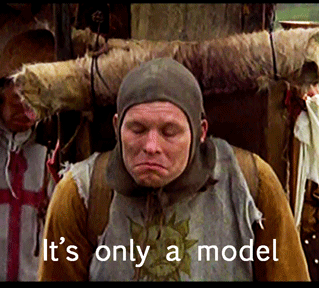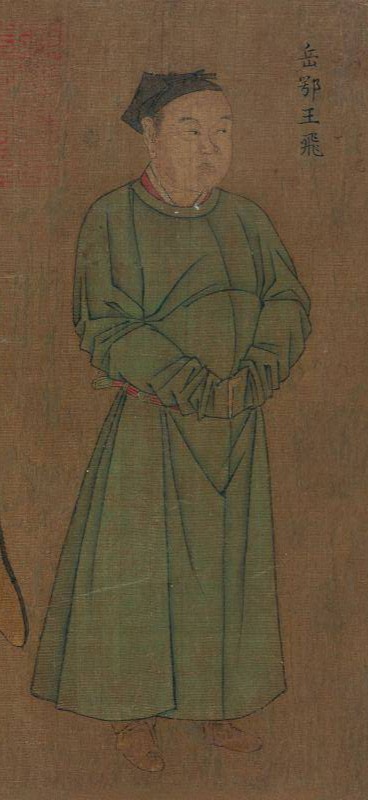As long as it's not "force against force", it can be "internal". Does your hard external style has anyMy background is in a very hard, external style, for which I spent close to a decade training in. ...
Just wondering anyone's thoughts on how pursuing what's categorically seen as an "external" style can lead to the same place as an internal..
- throwing art in it? All throwing art utilize the internal principles such as borrow, yield, sink, sticky, follow, ...
- block/grab/pull? All block/grab/pull also utilize the internal principles such as jam, guide, tuck, ...



